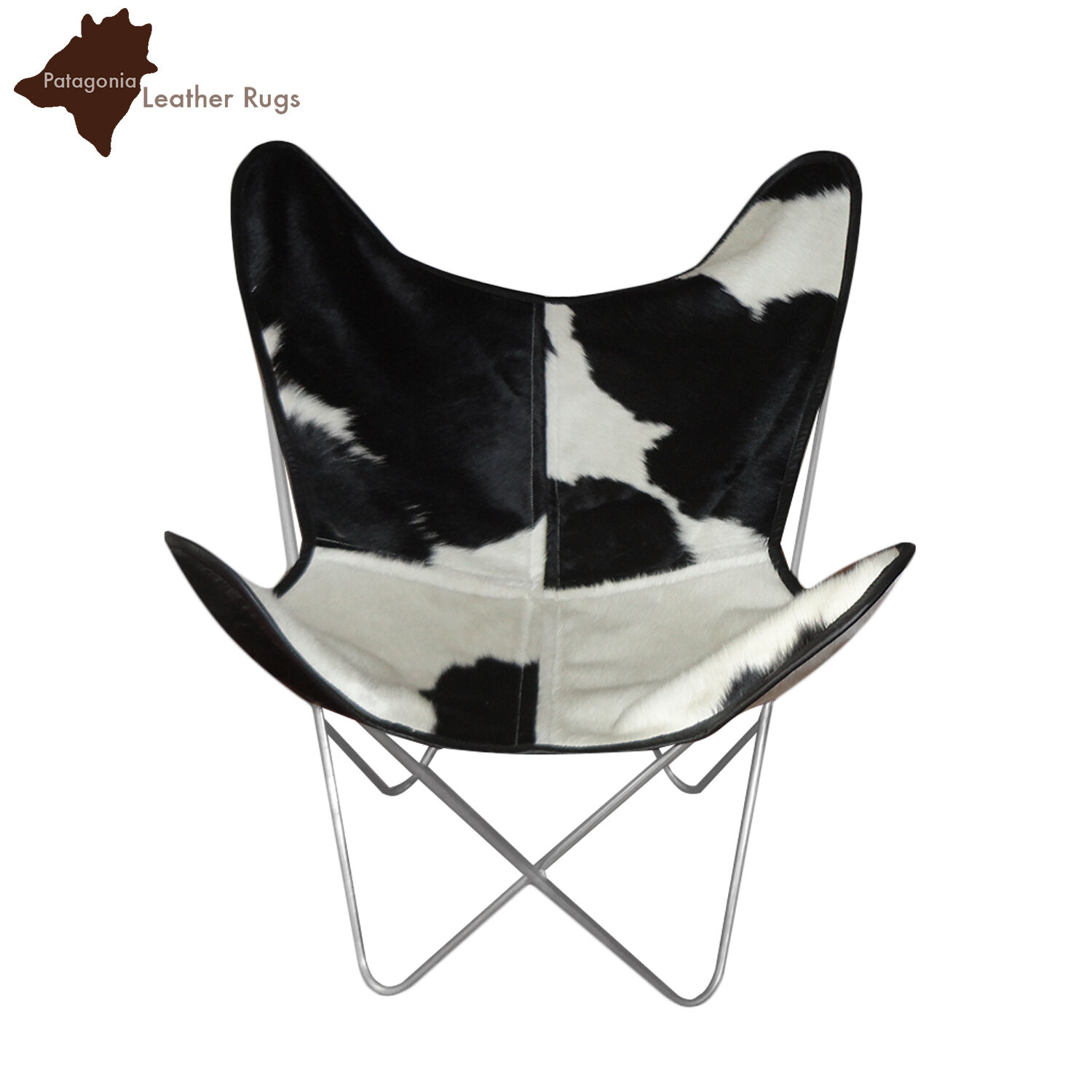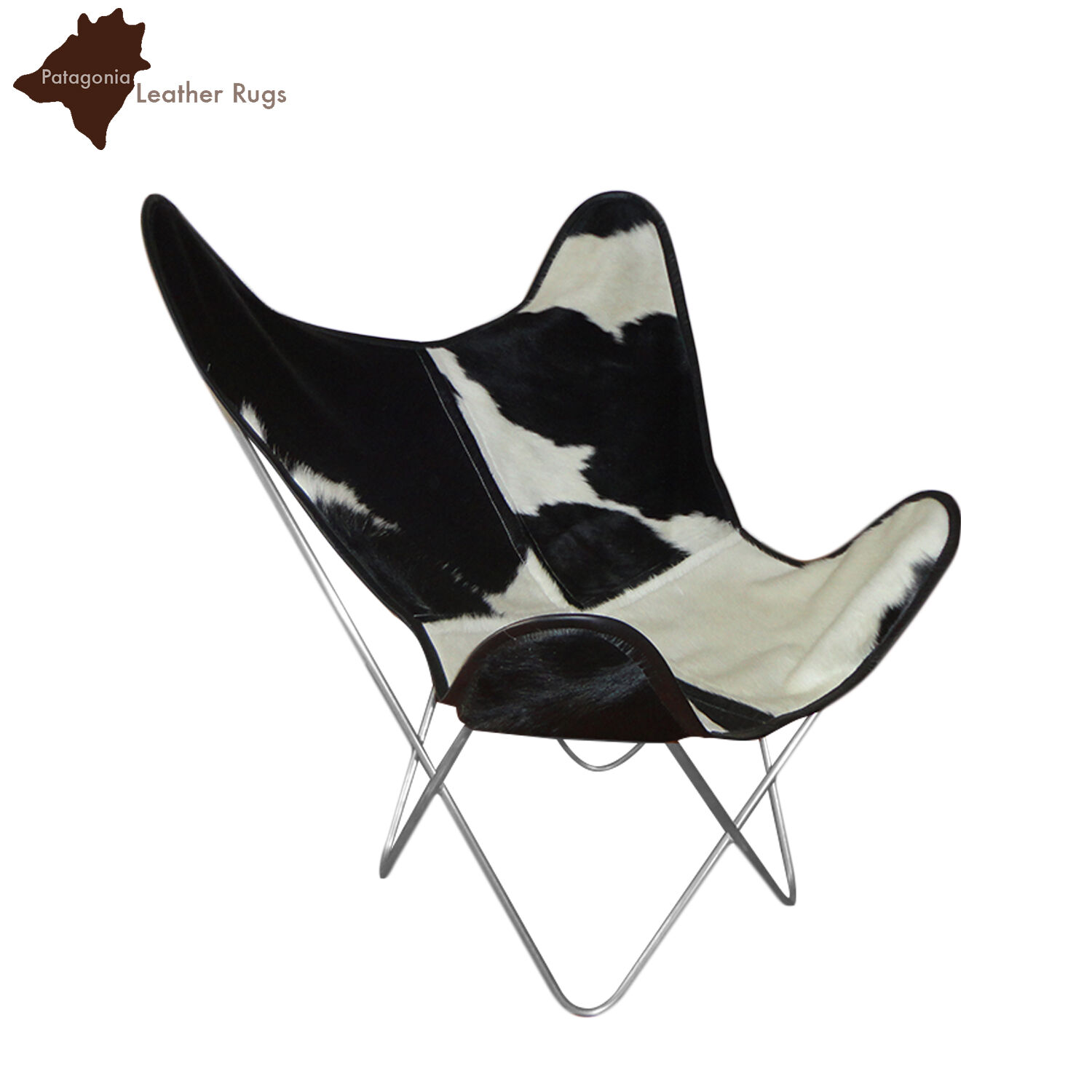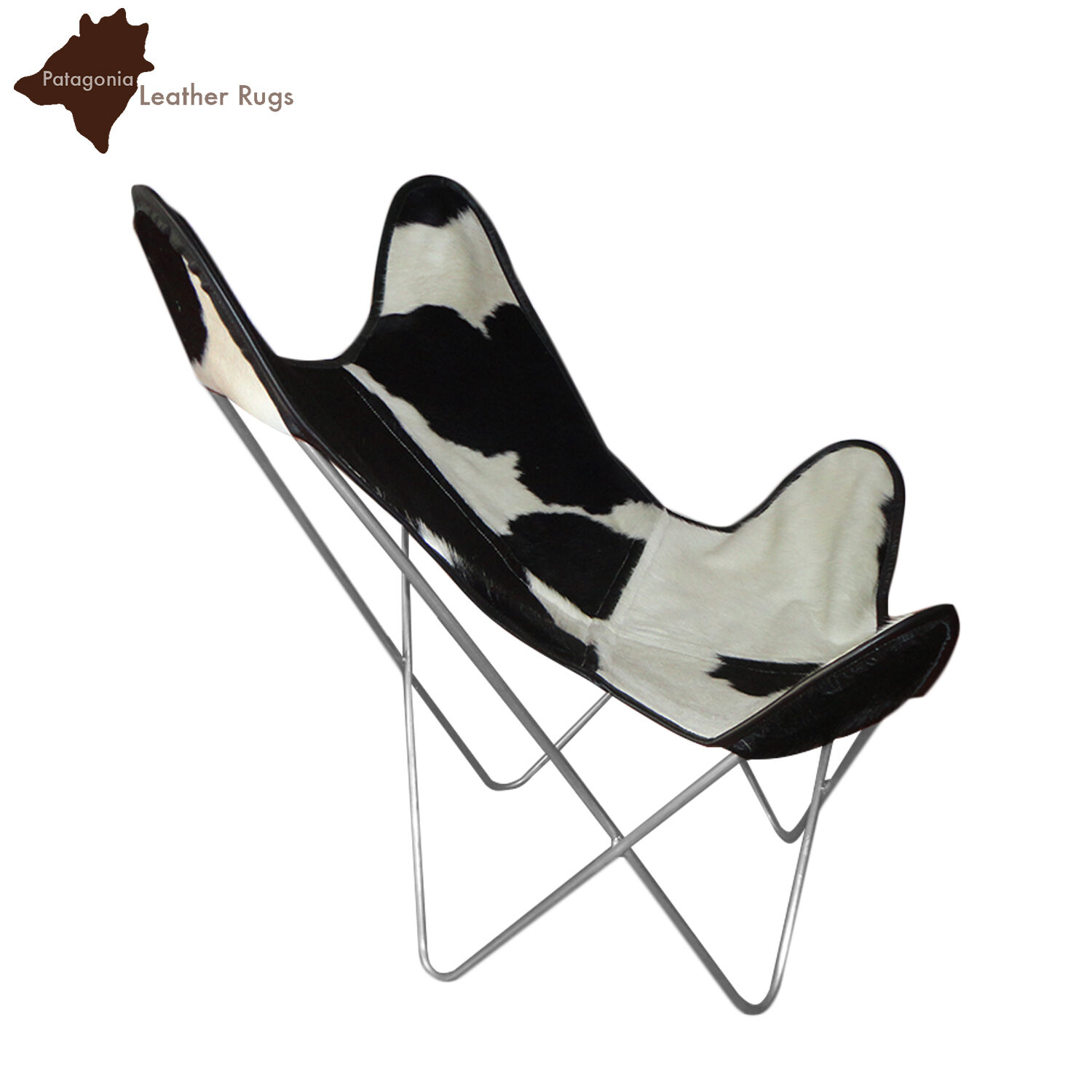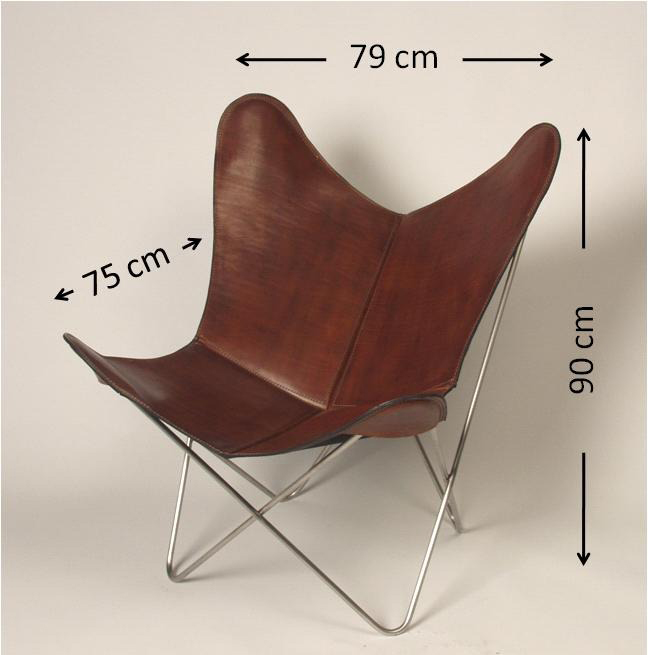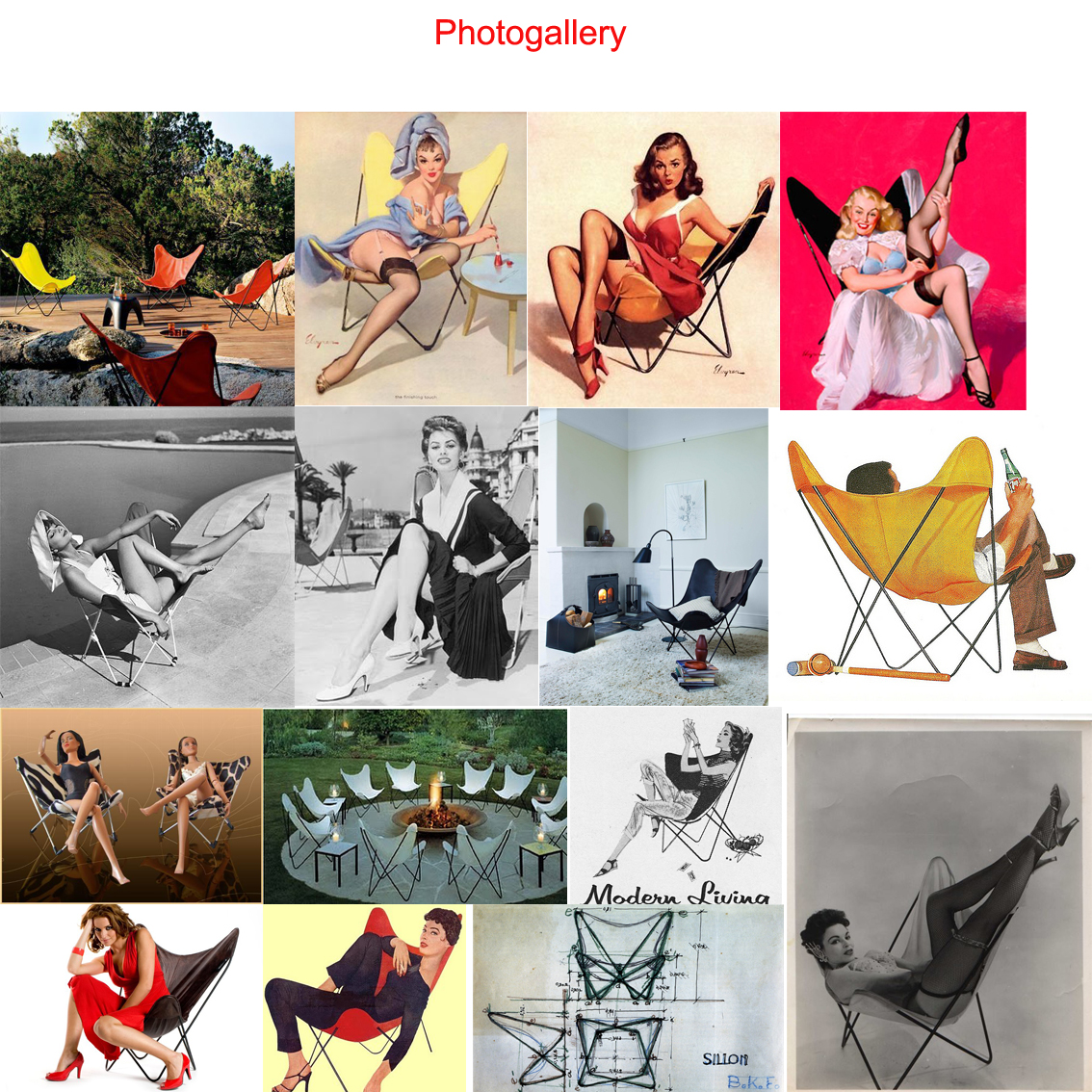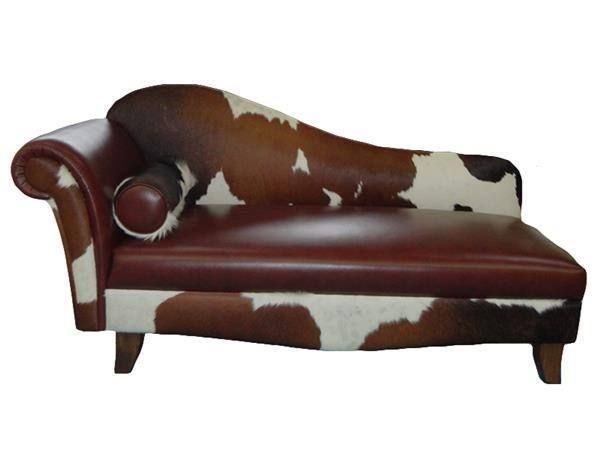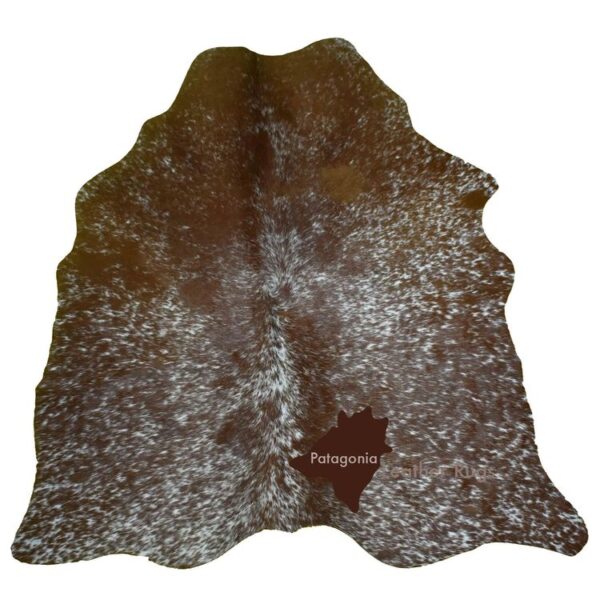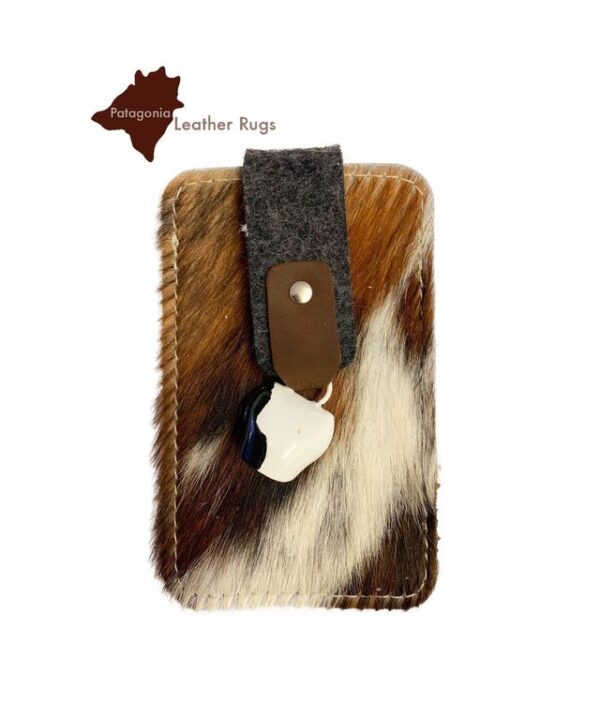Descrizione
Poltrona BKF in pelle di mucca – Butterfly Chair
Made in UE
Colore: bianco – nero
struttura in ferro verniciato nero
struttura in acciaio inossidabile
Larghezza: 79 cm
altezza: 90 cm
profondità: 75 cm
History of BKF
The story of the butterfly chair. Three young architects (one Catalan, Antonio Bonet Castellana, and two Argentines, Juan Kurchan and Jorge Ferrari Hardoy) had arrived in Argentina after they met in the Parisian atelier of Swiss architect Le Corbusier.In December 1938 the BKF was born from ideas that began in Paris, a chair consisting of an iron frame of 12 mm with a leather hanging. The leather was commissioned by a saddler, Rossi Caruso, that manufactured the mounts for polo players of the time. The artisan, Cuatrini, had his workshop in Castelar (Buenos Aires). He not only made Bonet’s other models, but also the prototype for the Safari BKF designed by Amancio Williams, which they sent to New York.
The BKF chair was on display at Harrods and was presented in the First Hall of Decorative Artists of Buenos Aires in 1943, organized by the National Ministry of Culture, and won First Prize. Antonio Bonet and his daughter.After winning the award in 1943, the American Edgar Kaufman Jr., curator of the Museum of Modern Art in New York (MOMA), bought two chairs for $25 each. One was for the museum’s permanent collection, the other for his father’s home, a collector of high design, as he had a house Neutra, another in Mies, and the other third was the famous Falling Water house of Frank Lloyd Wright, which was where the BKF came to reside.In 1944,
BKF received the Acquisition of MOMA prize, and in 1945 was presented in the Pavilion “Jeu de Pomme” in Paris.There the chair was seen by the director of the magazine Architecture d’Aujourd’hui, where he asked for it and began to produce them to sell to subscribers. He used the name “AA chair”, although this was not economically beneficial to the original designers when compared to the production in the U.S.
Soon after, the company Hans Knoll started production of the armchairs. The son of a renowned furniture maker in Germany began to produce them under the name Butterfly for the company Knoll International beginning in 1947, until the war stopped production because of the shortage of steel.In a 1954 article, George Nelson introduced the Tripolina, the chair used by the Italian officers in North Africa, more or less a folding BKF, but with a wooden frame. Thus was established the connection between the BKF and Tripolina. BKF at MoMA.
In the sixties, the BKF was produced by Six, a company at which John Kurchan was a partner.Like any piece of culture, the most interesting thing is to find the original, a very difficult thing to do with the BKF. Perhaps the original is the one displayed in the MOMA in New York.This piece of furniture works in environments like a contemporary sculpture, aerial and lightweight, not depending on the architectural box, either inside or outside, and it possesses independence because it can stand on its own and still meld with other furniture without blending in.
The BKF represents not only the design to come, also the design criteria characteristic of Argentina: constructive synthesis, functional freedom and current form.The BKF is considered one of the pieces of the most prominent modernist industrial design and distributed the last half century, and is without a doubt, the Argentine design product most known worldwide. Its impact, both in the design and pop culture, lies in its clear synthesis, achieving universal and timeless qualities. Its creators, architects Bonet, Kurchan and Ferrari Hardoy never imagined the global impact that this chair would have, to the point of becoming a “cult object .”


